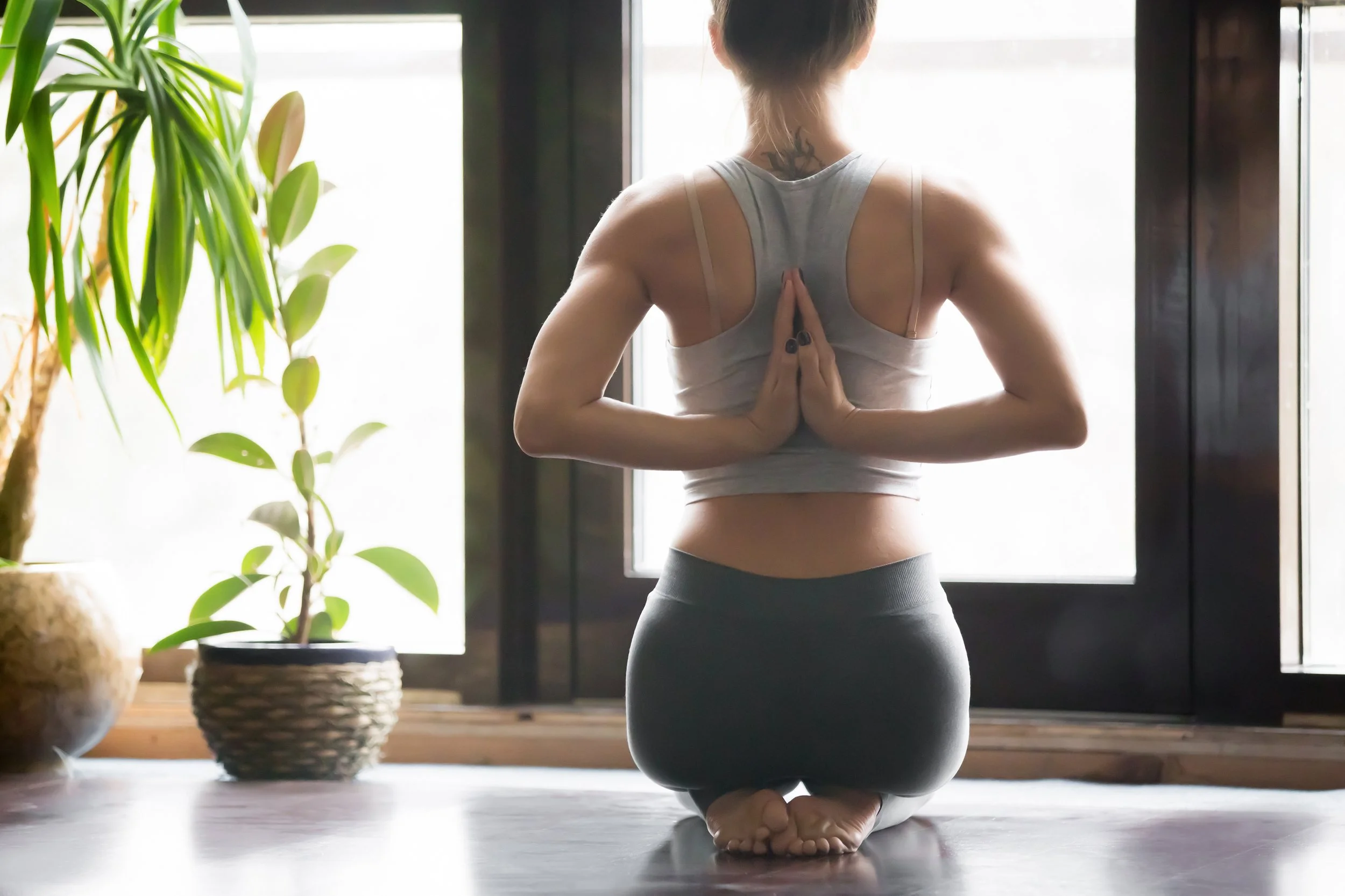Bad Posture? Here Are 3 Steps For Improving Yours
/It’s a known fact that as we age, our posture tends to get worse. Why, you ask? Well, our muscle and bone density begin to decline, which means we’re more likely to slump and hunch over. Not only is poor posture a stressor on our bodies, but it can also impact your feelings of self-worth and confidence. And as badass women, we deserve to feel confident and feel good about ourselves all day, every day.
Here’s why you should care about your posture, and a few tips for how to fix yours!
Why does posture matter?
You might be asking yourself why you should care at all about your posture… if you’re not in pain all the time, why does anything have to change? Unfortunately, poor posture can cause issues that you might not even be aware of. In other words, when you’re standing, sitting, or walking properly—with good posture, in upright alignment—you are helping every part of your body function properly. So if your posture is bad, it can result in a lot of issues…
A few problems that can arise from poor posture are:
Headaches
Poor circulation
Chronic fatigue
Back pain
Deterioration of vertebrae
Herniated disks
TMJ (temporomandibular joint dysfunction, aka jaw pain)
Limited flexibility and smaller range of motion
And this is only a short list! When your body is out of alignment, you’re more at risk for chronic pain and injury in all parts of your life. When you work out, your posture can compromise your form and you can incur injury. When you’re at home, your posture can make it difficult to get comfortable or relax. When you’re sleeping, your posture could be causing you pain or discomfort that keeps you up at night. And the longer you wait to fix your posture, the harder it is to do so (it can even become irreversible). Long story short: Getting your posture in check is worth doing, period.
Now that you know why it’s important, I have a few snippets of advice for you that can help improve your posture. These tips have worked for me, and hopefully they do for you, too.
Step 1: Bring awareness to your posture
You may be surprised to hear this, but the simple act of bringing awareness to your posture can make all the difference in the world. That’s right—knowing that it’s something you want to work on and having that idea in your mind is incredibly powerful.
So whether you’re sitting at work, shopping at the grocery store, or playing with your dog, I want you to pay close attention to how you are holding your body. Is your head jutting forward? Try to pull it back and recenter. Are your shoulders curved forward? Try to roll them back. Whenever you notice that something is off, do your best to correct it at that moment. The more you hold yourself in proper posture, the more natural it will come to you (and the stronger the muscles that promote good posture will be, but I’ll talk more about that later).
Step 2: Set up some sort of a reminder
There is a reason why we set reminders in our phones for events or tasks on our to do lists… it’s because we have so much going on and so many distractions that it’s easy to forget things! So when it comes to remembering your posture, I find that wearing a special bracelet or ring that you can mentally associate with posture can be super helpful. That way, every time you look at it, you’re reminded to be aware and check your posture. The same concept applies to setting reminders on your phone, or even silent alarms. You could even set a rule that whenever you look at your phone, you have to realign your posture. Whatever method you choose, over time it will become a habit!
Step 3: Strength train!
Last but certainly not least is strength training. If you remember, our posture worsens as we get older because our muscle and bone density decreases. And unless we strength train, our postural muscles will weaken, which allows our posture to further decline. In general, women tend to focus on their lower body during strength training sessions (legs, glutes, hips), but for better posture, you also need to work in upper body exercises, as well as core strength and stability work. Your core is at the center of all of the movement you do, so keeping it strong is crucial for good posture. Additionally, the muscles in your back, chest, and shoulders play a major role in keeping your body upright. If you’re new to strength training, I recommend working with a trainer and telling them about your better posture goals! They’ll help you create a program, and you’ll be standing tall in no time.
If you found these tips helpful, I encourage you to check out the Pure Joy Squad—our private community, where you’ll have exclusive access to me, my team of Pure Joy Wellness experts, and a kickass group of women over 50!
Xo,
Renata

